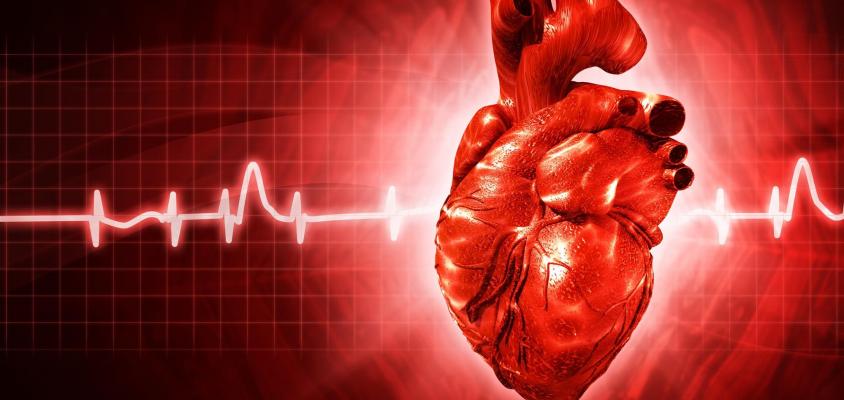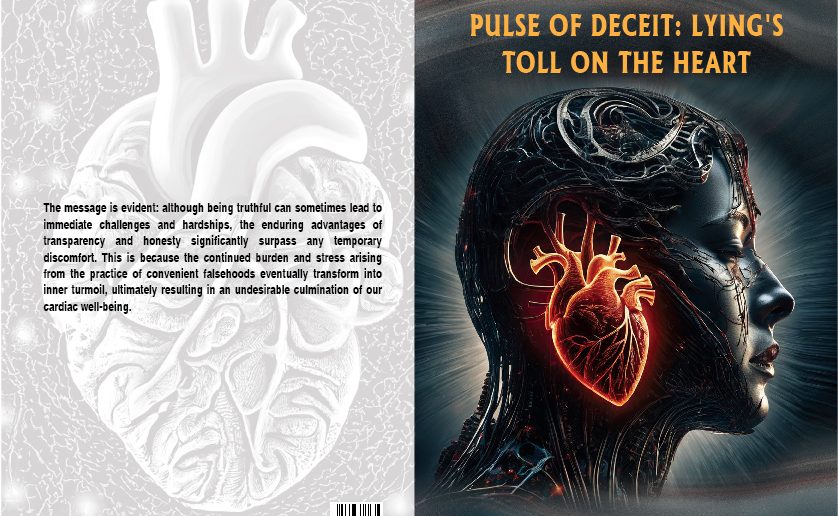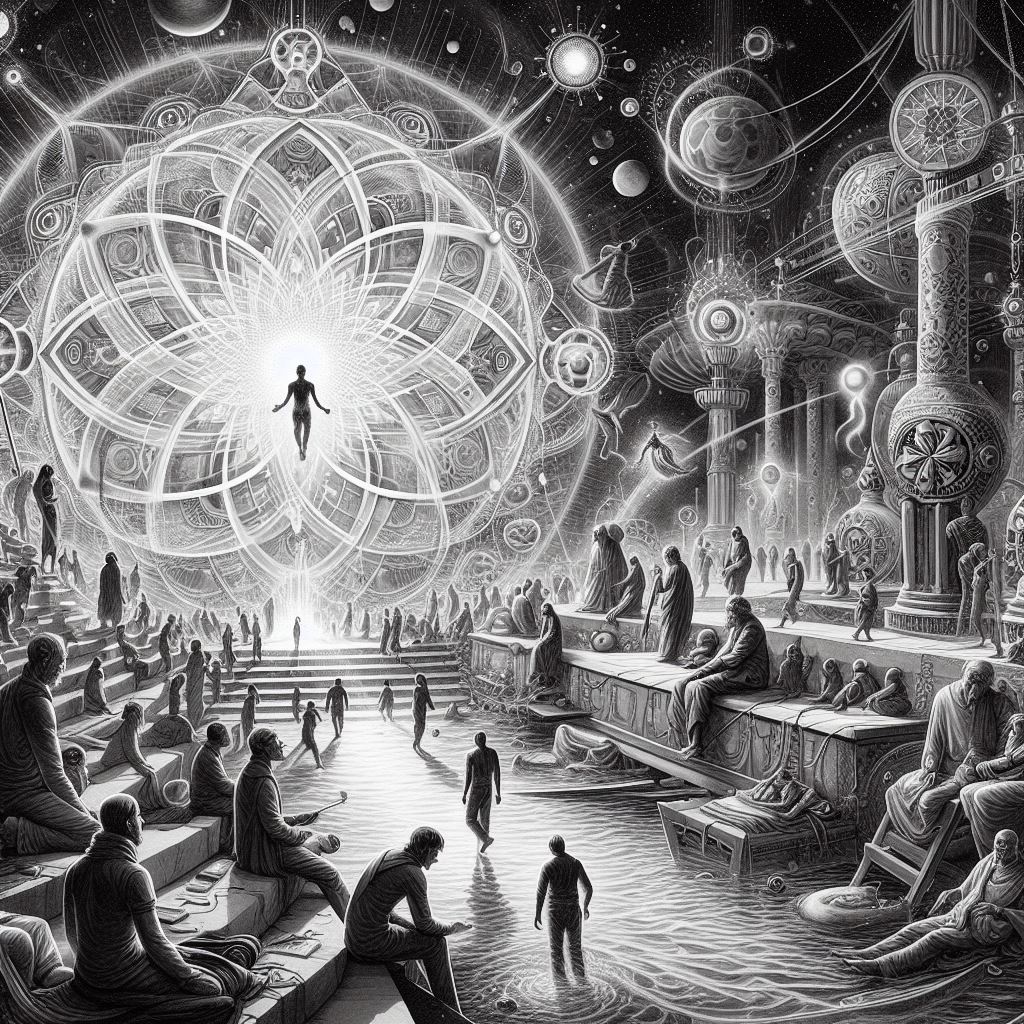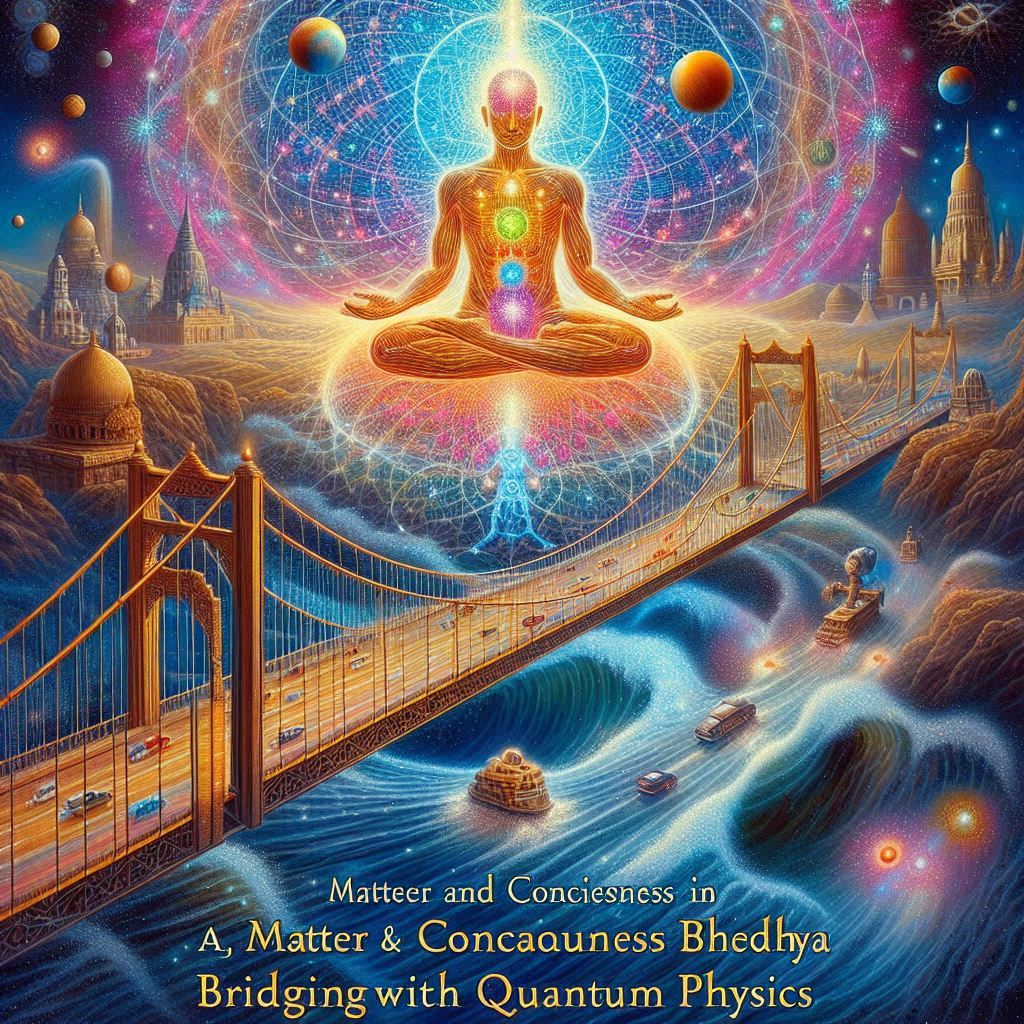We are on spacetech age, seeking to have our apartments on mars and agriculture on Venus. We are so much so advanced we have techs starting from forecasting the weather years ahead, genetically modifying any objects, throwing a missile thousands of miles, creating artificial rain, sun and moons, travelling to planets and even looking ahead to have our lands and houses there on outer space or planets.
But back on the earth on our personal lives, homes, society we have Heart related diseases (Cardiovascular diseases (CVDs)) are the major cause of death everywhere. One person dies every 37 seconds in most materially and medically developed nation with the 3.6 trillion USD health care budget, the United States of America from cardiovascular related disease only. About 647,000 Americans die from heart disease each year—that’s 1 in every 4 deaths. Heart disease costs the United States about $219 billion each year starting from 2014 and almost 6.3 percent increasing every year.
If we talk globally, then the facts show more terrifying fallouts. Heart related diseases (Cardiovascular diseases (CVDs)) are the number 1 cause of death globally: more people die annually from CVDs than from any other cause. An estimated 19.9 million people died from CVDs in 2019, representing 32% of all global deaths. Of these deaths, 85% are due to heart attack and stroke. Out of the 17 million premature deaths (death under the age of 68) due to noncommunicable diseases in 2015, 37% are caused by CVDs. And not stopping here the death due to CVDs increase by almost 7 percent every year globally.
Cardiovascular diseases (CVDs) are generally referred as group of disorders of the heart and blood vessels and they include coronary heart disease (disease of the blood vessels supplying the heart muscle), cerebrovascular disease (disease of the blood vessels supplying the brain), peripheral arterial disease (disease of blood vessels supplying the arms and legs), rheumatic heart disease (damage to the heart muscle and heart valves from rheumatic fever, caused by streptococcal bacteria), congenital heart disease (malformations of heart structure existing at birth), deep vein thrombosis and pulmonary embolism (blood clots in the leg veins, which can dislodge and move to the heart and lungs).
Heart attacks and strokes are usually critical events and are mainly caused by a blockage that prevents blood from flowing to the heart or brain. The most common reason we know yet for blockage that prevents blood from flowing to the heart or brain is a build-up of fatty deposits on the inner walls of the blood vessels that supply the heart or brain. Strokes can also be caused by bleeding from a blood vessel in the brain or from blood clots. Globally and medically Known cause of heart attacks and strokes are usually the presence of a combination of risk factors, such as tobacco use, unhealthy diet and obesity, physical inactivity and harmful use of alcohol, hypertension, diabetes and hyperlipidemia.
The generally Known most important behavioral risk factors of heart disease and stroke are unhealthy diet, physical inactivity, tobacco use and harmful use of alcohol. The effects of behavioral risk factors may show up in individuals as raised blood pressure, raised blood glucose, raised blood lipids, overweight and obesity. These “intermediate risks factors” can be measured in primary care facilities and indicate an increased risk of developing a heart attack, stroke, heart failure and other complications.
Termination of tobacco use, lessening of salt in the diet, consuming fruits and vegetables, regular physical activity and avoiding harmful use of alcohol have been recommended medically to reduce the risk of cardiovascular disease. In addition, proper management of diabetes, hypertension and high blood lipids may be necessary to reduce cardiovascular risk and prevent heart attacks and strokes. Health policies that create conducive environments for making healthy choices affordable and available are essential for motivating people to adopt and sustain healthy behavior.
But to our amazement in most cases we have seen people following these recommendations and adopting medically termed healthy behavior against CVDs are being beleaguered by these types of deaths. Politician, celebrity, stars, businessman, cooperators and the general People with private gym for regular exercise, private yoga tutors, healthy diet maintainers in kitchen and etc. are suffering from some types of CVDs to some level and facing the sudden deaths most.
From this we have to understand there is some underlying determinants of CVDs or “the causes of the causes”. This cause of the causes determinants of CVDs is the propensity of cheating. The habit of TELLING LIE.
Have you noticed ever What happens when you lie? Do you start to sweat or get a little nervous? Does your heart begin to beat a little faster? And furthermore, in scenario of the cheated knowing the fact, or your lie going to get revealed; what will be your position? Do you feel pain or discomfort in the Centre of the chest; pain or discomfort in the arms, the left shoulder, elbows, jaw, or back. In addition, you may also experience difficulty in breathing or shortness of breath; feeling sick or feeling like, spitting or vomiting, feeling likely to drink water; feeling light-headed or even faint; breaking into a cold sweat; and becoming pale. Women are more likely to have shortness of breath, nausea, vomiting, and back or jaw pain as per statistical research held globally using face to face interview, social media, phone calls and feedback forms. A set of questionnaires was prepared by the author and was asked to 2600 male and 2600 female globally representing all tribe, financial and social status, nationalities and age. And 93 percent says that they feel or observe one or more than one symptom listed above when there lie is disclosed or detected.
If you see above symptoms then these symptoms are the prominent symptoms of CVDs. And these symptoms occur more to socially, financially well-made people compered to low-income people. The most common symptom of a stroke or any CVDs can be also noticed as a sudden weakness of the face, arm, or leg, including all above mentioned symptoms like pain or discomfort in the Centre of the chest; pain or discomfort in the arms, the left shoulder, elbows, jaw, or back, difficulty in breathing or shortness of breath, feeling sick or vomiting, feeling likely to drink water; feeling light-headed, breaking into a cold sweat; and becoming pale most often on one side of the body. Other symptoms include sudden numbness of the face, arm, or leg, especially on one side of the body, confusion, difficulty speaking or understanding speech, difficulty seeing with one or both eyes, difficulty walking, dizziness, loss of balance or coordination, severe headache with no known cause and fainting or unconsciousness.
Lying or the act of being deceptive, bluffing or untruthful, has become a part of everyday life for most people, with the average person telling at least one lie a day without even being conscious about consequences. But few people know what happens inside their body when they lie and how that reaction relates to CVDs.
This research on the Heart Diseases and the lying Propensity is prepared analyzing the facts, data, statically driven reports, personal researches, published researches by different scholars, WHO reports etc. to show the parallel growth in the peoples cheating propensities to maintain their pride, ego, social, financial or political status/gain or to drive out unlawful profit by fooling people in general and the Heart related diseases (Cardiovascular diseases (CVDs)). Lying is something that humans encounter on a daily basis. On this article we briefly go through the result we find during this study, what happened inside the body when someone lie and what causes the heart to beat faster or that feeling of nervousness in liars’ stomach. Through this research, I also hoped to understand what drives people to lie so frequently.
A set of questionnaires was prepared by the author and was asked to 2600 male and 2600 female globally representing all tribe, financial and social status, nationalities and age to find out how often people lie in a day and 72% of people accepts that they bluff or lie at least 2 times or more often in a one to one or the group conversation in a week. And this tendency is more often when we are in a group or in front of mass. 98.3% of people feel that they are always being cheated by politician and businessman, whereas almost 90+ percent of politician and businessman don’t trust their fellow politician or businessman and don’t even reveal their heart with fellow person.
From above statistics we can conclude with dishonesty occurring in almost 25 percent of one-on-one conversations and 40 percent average in group conversation a person has in a day, it is easy to see how lying affects most people’s lives. For me personally, one of my biggest pet irritations was being lied or lying others to handle the situation. Lying is not something that can be avoided easily but knowing more about the how and whys of lying will hopefully help us to understand we are so prone to deceiving one another.
Catecholamines are the main hormones released in the body when we lie because these hormones are responsible for reactions that spawn from stress, whereas complex hormonal cascade arises, and the adrenals conceal Cortisol also called stress hormone in the body of any individual.
First, we discuss on the catecholamines. All catecholamines contain a main catechol group, C6 H4(OH)2 The main catecholamines are epinephrine (Adrenaline)- C9H13NO3 , Norepinephrine- C8H11NO3 , Dopamine- C8H11NO2.
The main components of lying are the catecholamines, epinephrine and norepinephrine. Epinephrine, C9H13NO3, otherwise known as adrenaline, is the hormone responsible for the reactions that happen to body when a person becomes stressed. These reactions include increased heart-rate, muscle tenseness, increased blood pressure and respiration, and vasoconstriction. Epinephrine essentially prepares the body for stressful or harmful situations. It is produced by the adrenal medulla using the two amino acids phenylalanine, C6H5CH2CH(NH2)COOH, and tyrosine, C9H11NO3. First dopamine is produced which is then converted into norepinephrine and then into epinephrine through a series of reactions. It is then stored in the chromaffin cells of the adrenal medulla. Epinephrine is released into the bloodstream when the sympathetic nervous system is stimulated by something that causes a person to feel stressed. The adrenocorticotropin hormone is also used in the process of stimulating the adrenal gland to release epinephrine. Adrenaline or epinephrine is produced in the body because it is an important part of the body’s ability to survive. It can save someone’s life even in the most stressful of situations. Although lying usually is not life-threatening, epinephrine is the force behind the telltale symptoms of lying like sweating and elevated heart-rate.
Catecholamines mediate their effects in the heart through beta 1- and beta 2-receptors. Beta 1-receptors mediate the effects of sympathetic nerve stimulation. … On the other hand, cardiomyopathy is associated with an increased sensitivity to catecholamines. Catecholamines aggravate cardiac damage in ischemia.
Norepinephrine, C8H11NO3, is another “fight or flight” hormone that is released when the body undergoes stress. It is also produced in the adrenal medulla and is created in the same way that epinephrine is, through the transition of amino acids into hormones. Once norepinephrine is produced, it is then stored in the synaptic vesicles until stimulated to release. This release occurs when the body begins to feel stressed and is done so to prepare the body for a harmful situation by providing protection to key organs and functions of the body. When this hormone is released, it binds to adrenergic receptors in order to carry out its many duties. Norepinephrine triggers the releases of glucose into the bloodstream and causes an increase in: blood pressure, heart-rate, mental awareness, and respiratory rate. It also acts as an anti-inflammatory of the brain and draws blood away from some organs to prepare the body for the situation it faces.
Epinephrine and norepinephrine are two hormones that are naturally produced within the body through a series of reactions. Both derive from the same two amino acids, phenylalanine and tyrosine, which are the building blocks for catecholamines. The process from the creation of these two hormones is this:
Epinephrine-Phenylalanine→Tyrosine→L-OPA→dopamine→norepinephrine→epinephrine
Tyrosine is oxidized into L-DOPA; oxidation is a chemical reaction that occurs when a substance is in the presence of oxygen. From there, L-DOPA is decarboxylated into dopamine; decarboxylation is the chemical reaction that removes carboxyl group, COOH, and results in the release of carbon dioxide. Dopamine is then oxidized into norepinephrine, and norepinephrine is methylated into epinephrine. Methylation is the substitution of an atom or group by a methyl group, CH3.
Norepinephrine-Phenylalanine →Tyrosine→L-DOPA→dopamine→norepinephrine
The same process occurs during the creation of norepinephrine, but it stops before methylation occurs.
Both of these hormones can be created synthetically in the lab for pharmaceutical purposes. The process used to artificially create these hormones is extremely similar to that of which occurs inside the body, but production may vary by the medication’s purpose. One common example of the medical use of epinephrine is in the EpiPen.
Secondly, Cortisol also called stress hormone is a glucocorticoid (steroid hormone) which is produced from cholesterol in the two adrenal glands located on top of each kidney. It is normally released in response to events and circumstances such as playing games, exercising, and severe stress. Cortisol’s far-reaching, systemic effects play many roles in the process of handling the body and maintain homeostasis. Cortisol also plays an important role in human nutrition. It regulates energy by selecting the right type and amount of substrate, the body needs to meet the physiological demands placed on it. When chronically elevated, cortisol can have deleterious effects on weight, immune function, and chronic disease risk.
Cortisol (along with its partner epinephrine) is best known for its involvement in the “fight-or-flight” response and temporary increase in energy production, at the expense of processes that are not required for immediate survival. The resulting biochemical and hormonal imbalances (ideally) resolve due to a hormonally driven negative feedback loop. The following is a typical example of how the stress due to lie response operates as its intended survival mechanism:
An individual is faced with a stressor – A complex hormonal cascade follows, and the adrenals conceal cortisol – Cortisol prepares the body for a fight-or-flight response by flooding it with glucose, supplying an immediate energy source to large muscles. – Cortisol inhibits insulin production in an attempt to prevent glucose from being stored, favoring its immediate use – Cortisol narrows the arteries while the epinephrine increases heart rate, both of which force blood to pump harder and faster – The individual addresses and resolves the situation or vice versa – If resolved Hormone levels return to normal else suffer stroke.
In short, the theory is that with our ever-lying habit, our bodies are pumping out cortisol almost constantly, which can wreak havoc on our health. This whole-body process, mediated by hormones and the immune system, identifies cortisol as one of the many players. But isolating its role helps put into context the many complex mechanisms that lead to specific physical and physiological damage.
Whole-Body Effects of Elevated Cortisol are Blood Sugar Imbalance and Diabetes due to stressful conditions created due to unmoral cheating tendency, cortisol provides the body with glucose by tapping into protein stores via gluconeogenesis in the liver. This energy can help an individual fight or flee a stressor. However, elevated cortisol over the long term consistently produces glucose, leading to increased blood sugar levels. Repeated elevation of cortisol can lead to weight gain. One way is via visceral fat storage. Cortisol can mobilize triglycerides from storage and relocate them to visceral fat cells (those under the muscle, deep in the abdomen). Cortisol also aids adipocytes’ development into mature fat cells. The biochemical process at the cellular level has to do with enzyme control (11-hydroxysteroid dehydrogenase), which converts cortisone to cortisol in adipose tissue. More of these enzymes in the visceral fat cells may mean greater amounts of cortisol produced at the tissue level, adding insult to injury (since the adrenals are already pumping out cortisol). Also, visceral fat cells have more cortisol receptors than subcutaneous fat.
A second way in which cortisol may be involved in weight gain goes back to the blood sugar-insulin problem. Consistently high blood glucose levels along with insulin suppression lead to cells that are starved of glucose. But those cells are crying out for energy, and one way to regulate is to send hunger signals to the brain. This can lead to overeating. And, of course, unused glucose is eventually stored as body fat.
Another connection is cortisol’s effect on appetite and cravings for high-calorie foods. Studies have demonstrated a direct association between cortisol levels and calorie intake in populations of women. Cortisol may directly influence appetite and cravings by binding to hypothalamus receptors in the brain. Cortisol also indirectly influences appetite by modulating other hormones and stress responsive factors known to stimulate appetite.
Immune System Suppression is also caused by Elevated pumping of Cortisol. Cortisol functions to reduce inflammation in the body, which is good, but over time, these efforts to reduce inflammation also suppress the immune system. Chronic inflammation, caused by lifestyle factors such as poor diet and stress, helps to keep cortisol levels soaring, wreaking havoc on the immune system. An unchecked immune system responding to unabated inflammation can lead to myriad problems: an increased susceptibility to colds and other illnesses, an increased risk of cancer, the tendency to develop food allergies, an increased risk of an assortment of gastrointestinal issues (because a healthy intestine is dependent on a healthy immune system), and possibly an increased risk of autoimmune disease.
Cortisol also activates the sympathetic nervous system, causing all of the physiologic responses previously described. As a rule, the parasympathetic nervous system must then be suppressed, since the two systems cannot operate simultaneously. The parasympathetic nervous system is stimulated during quiet activities such as eating, which is important because for the body to best use food energy, enzymes and hormones controlling digestion and absorption must be working at their peak performance.
Imagine what goes on in a cortisol-flooded, stressed-out body when food is consumed: Digestion and absorption are compromised, indigestion develops, and the mucosal lining becomes irritated and inflamed. This may sound familiar. Ulcers are more common during stressful times, and many people with irritable bowel syndrome and colitis report improvement in their symptoms when they master stress management. And, of course, the resulting mucosal inflammation leads to the increased production of cortisol, and the cycle continues as the body becomes increasingly taxed.
As we’ve seen, all the above Whole-Body Effects of Elevated Cortisol have direct relation with CVDs. And on top cortisol constricts blood vessels and increases blood pressure to enhance the delivery of oxygenated blood. This is advantageous for fight-or-flight situations but not perpetually. Over time, such arterial constriction and high blood pressure can lead to vessel damage and plaque buildup—the perfect scenario for a heart attack. As a matter of fact, 45.6% of adult’s death because of NCD globally is just because of Heart related diseases caused by hypertension.
Nowadays telling lie is a normal part of life. Lie can come from simple causes like flatter someone or showoff or even make fun. Other cause for lying can be emotional, worrying about self, job or the prestige etc. It can also come from less dramatic causes like everyday obligations and pressures that make you feel that you are not in control. Security, socio-economic, political or business interest are the main cause for bigger lies.
Your body’s response to stress caused by lying is supposed to protect you. But, if it’s constant, it harms you. The hormone cortisol and Catecholamines is released in response to tense created due to lying. Studies suggest that the high levels of cortisol from long-term stress can increase blood cholesterol, triglycerides, blood sugar, and blood pressure. These are common risk factors for heart disease. This stress can also cause changes that promote the buildup of plaque deposits in the arteries.
Even minor stress can trigger heart problems like poor blood flow to the heart muscle. This is a condition in which the heart doesn’t get enough blood or oxygen. And, long-term stress can affect how the blood clots. This makes the blood stickier and increases the risk of stroke.
In addition, people who have a lot of stress may smoke or choose other unhealthy ways to deal with stress. Common responses to habit of telling lie includes fear, Stress, Aches and pains, low self-esteem, Decreased energy and sleep, Feelings of anxiety, anger, and depression, Impatience, forgetfulness etc. Research suggests that long-term anxiety or emotional stress can increase the risk for sudden cardiac death.
You tell your partner her dress is fabulous when it’s actually hideous: small lie. You tell your boss you delivered the proposal on time, when in fact it is not yet delivered -and so your firm is disqualified: big lie. Like the people who tell them, lies come in all shapes and sizes. And depending on the size, a falsehood can have profound effects on your brain and body, starting the instant the words pass your lips. Here is the working mechanism of falsehood or propensity of lying:
- The moment you lie, the stress of formulating a story causes your nervous system to release cortisol into your brain, says Arthur Markman, Ph.D., executive editor of the journal Cognitive Science. If the lie is massive, you may even experience an adrenaline rush, he adds: Your heartbeat quickens, your pupils dilate, and you begin to sweat. Your brain recognizes that your lie may have put you in danger, so the fight-or-flight response kicks in as you gear up to defend yourself.
- After a few minutes probably between 2-7 minutes, your brain has to keep track of what you know and what you told the other person. And that’s very taxing-especially for your working memory, which is involved in decision-making and problem solving, Markman explains. As a result of this increased workload, your brain’s ability to make smart decisions suffers. This may be why some liars compound a first, small-ish lie with bigger untruths, he says: Their brains are struggling to work out the effects of their deception, so they may overlook simpler, smarter alternatives to lying.
- Around 10 minutes later, you could become angry, especially toward the person you lied to. You lash out in order to shift the focus off your dishonesty and onto something else (your questioner’s nosiness, maybe)-think about teens slamming doors or screaming when caught. Adults learn to handle this better, but they still go on the offensive. Because your brain recognizes that there are alternatives to your tall tale (the truth, for one), you may also feel compelled to explain your actions, Markman says.
- From 18-30 minutes the stress hormones have dissipated and you may feel worried, Markman says. To counter these feelings, you may become very apologetic or sweet to the person you deceived. On the other hand, you may demonize that person (or people) in order to feel superior, he says-that’s your brain trying to justify your lie by telling itself the person you lied to somehow didn’t deserve the truth.
- For habitual fabricators, you’ve discarded reality 24 hours later, and you’re focused on “living the lie.” In time, you may even lose track of the truth, Report shows. But for people unaccustomed to lying, your brain clings to residual negative feelings about the dishonesty. You also may feel something called negative affect, Markman explains. Because seeing him/her reminds us of our deception, we avoid him/her or act coldly. “We’re wired to avoid situations or people that make us feel bad about ourselves,” he adds.
- The burden of living with our whopper can cause chronic anxiety. The continuing circulation of stress hormones like cortisol in our brain hurts our ability to think clearly and depresses our immune system. As a result, we’re more likely to catch a cold or may have trouble sleeping, which intensifies these issues.
From the study above we can conclude all types of CVDs have direct relation in large extent with stress from our insalubrious tendency of lying. We have observed the increase in ratio of cheating tendency in the world and parallelly increasing in death ratio due to CVDs. Most of the world renowned politician, tycoon businessman and celebrities starting from De Witt Clinton, Walter Eli Clark, William Bost Gaither, Frank Maurice Frisby, Anthony Joseph Drexel Biddle, Heinrich Nestle, Henry J. Pariseau, Edward J. Speno up to Michel Jackson, Burt Reynolds, Thomas Hale Boggs, Douglas Fitzgerald Dowd, Gugliemo Marconi, Kim Jong-il, Jawaharlal Nehru, Tom petty, Brittany Murphy, etc. whose life were filled with full of lies, bluff and cheats to maintain their social-economic status, power, position and celebrated status had met their end due to CVDs.
Hence telling the truth may get us in immediate trouble sometime, but in the long run, it’ll feel better to get things out in the open because tense and stress caused due to comfort lies brings uncomfort in heart of us leading to inglorious end of body.
Hare Krishna !
Disclaimer:
As a service to our readers, Origin of Science provides access to our (Jagannath Foundations) publications or archived content. Please note the date of last review or update on all articles. No content on this site, regardless of date and authority should ever be used as a substitute for direct medical advice from your doctor or other qualified clinician.
Views: 68





























Origin of Science
Vedic Contributions to Geometry: Unveiling the Origins of Mathematics
Matter and Consciousness in Achintya Bhedābheda: Bridging with Quantum Physics
A Comprehensive Study of Aeroplanes and Aviation in Vedic Literature
Hydrology and the Water Cycle in Vedic Scriptures
Vedic Insights on the Speed of Light
Mysteries of Photosynthesis in Vedic Scriptures: A Journey through Ancient Wisdom
Parallel Universes and the Multiverse: Insights from Vedic Philosophy to Modern Science
Quantum Consciousness: Bridging Science and Spirituality through Vedic Philosophy
Exploring the Cosmic Symphony: Harmonizing Brain Waves and Planetary Frequencies
Understanding the Space-Time Continuum: A Comprehensive study on the Theory of Relativity; As revealed in Vedic literature
Revisiting vedic mathematical insights: exploring Pi in ancient texts
Revealing the Scientific Wonders of Vedic Scriptures: A Comprehensive View of Wisdom